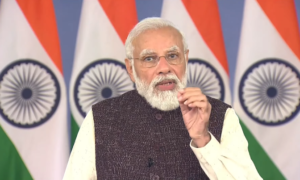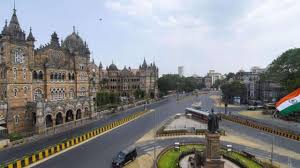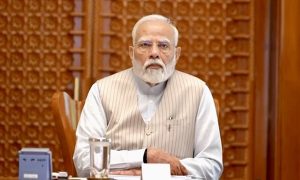Out of the 36 districts in Maharashtra, 14 have been classified as red zones, 16 as orange and six as green zone, in the latest list released by the Centre.
The Union health ministry had divided India’s 733 districts into 130 red zones, 284 orange zone and 319 green zones and said all metropolitan cities—Delhi, Mumbai, Chennai, Kolkata, Hyderabad, Bengaluru and Ahmedabad—will remain as ‘red zones’ even after the lockdown ends on May 3.
The Union health ministry said on Thursday districts with high load of Covid-19 cases or which have a high growth rate of the disease have been classified as red zones. Those with considerably fewer cases of the respiratory disease fall in orange zones and others with no case are green zones.
Red zones will have the most stringent restrictions after May 3. However, there will be partial easing in orange zones and liberal easing in green zones.
Among Mumbai’s suburbs, Thane, Palghar and Mumbai Suburban have been designated as red zones. Pune, Nashik, Nagpur, Solapur, Yavatmal, Aurangabad, Satara, Dhule, Akola, Jalgaon and Raigad are the other districts in Maharashtra to fall under the red zone.
In the orange zone are Raigad, Ahmednagar, Amravati, Buldhana, Nandurbar, Kolhapur, Hingoli, Ratnagiri, Jalna, Nanded, Chandrapur, Parbhani, Sangli, Latur, Bhandara and Beed.
The six districts which have been designated as green zones are Osmanabad, Washim, Sindhudurg, Gondia, Gadchiroli and Wardha.
Maharashtra continued to report the most number of Covid-19 cases in the country with 10,498 patients and 459 fatalities across the state.




























 WhatsApp us
WhatsApp us